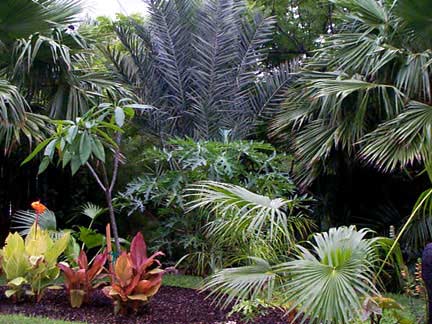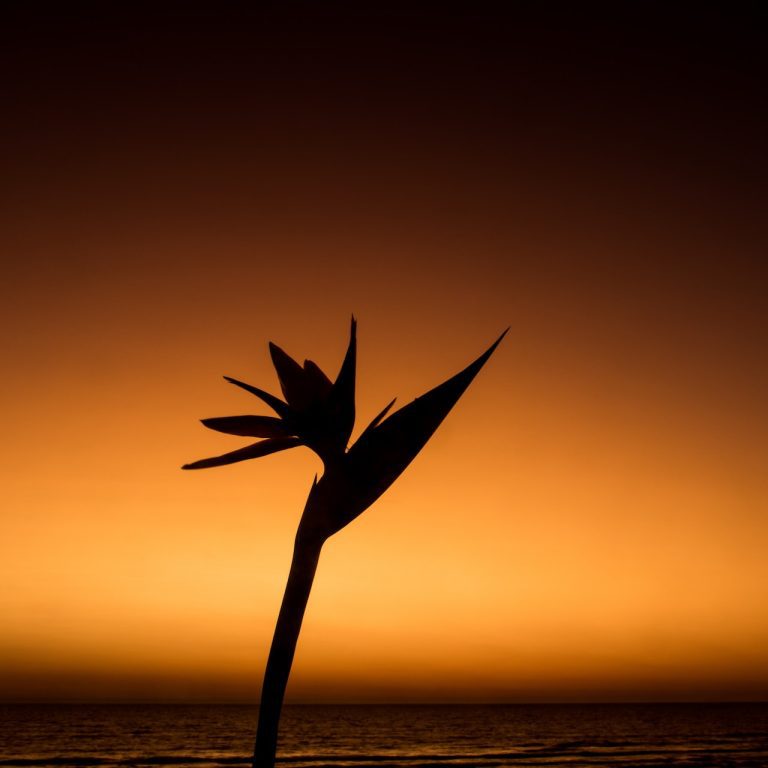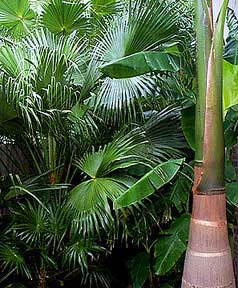Subtropical climates offer a unique environment for a plethora of diverse plant species. Among these, shade-loving plants play a significant role in providing the much-needed green canopy, aiding biodiversity, and offering aesthetic value to various landscapes. This article delves into the intriguing world of shade-loving subtropical plants, exploring their types, cultivation needs, and the benefits they offer.
Understanding the Subtropical Climate
Subtropical climates are characterized by hot, humid summers and mild to cool winters. These regions, located roughly between the tropics and the temperate zones, receive substantial rainfall throughout the year. The unique combination of heat and humidity in these climates impacts plant growth and health significantly. Subtropical plants, therefore, must be adept at handling these unique conditions.
Light Requirements of Shade-Loving Plants
In horticultural parlance, ‘shade’ does not imply complete absence of light. Rather, it denotes that a plant thrives in conditions where direct sunlight is limited. These conditions can be categorized into full shade, partial shade, and dappled shade. The level of light intensity plays a crucial role in a plant’s photosynthesis process and overall health, impacting everything from leaf shape and color to blooming patterns.
Types of Shade-Loving Subtropical Plants
Shade-loving subtropical plants come in various shapes and sizes, each contributing uniquely to the biodiversity of the region. Subtropical trees like the Southern Magnolia and Dogwood offer a lofty canopy, while shrubs like Azaleas and Camellias add a splash of color. Perennials like Hostas and Bleeding Hearts are known for their striking foliage and hardy nature. Ferns and mosses, such as Maidenhair Fern and Irish Moss, bring a lush, delicate texture to the understory. Lastly, vines like the Confederate Jasmine and Climbing Hydrangea provide vertical interest and serve as natural screens.
Cultivation and Care of Shade-Loving Subtropical Plants
Shade-loving subtropical plants generally thrive in rich, well-drained soil. Watering needs vary across species; however, most prefer evenly moist soil without waterlogging. Organic fertilizers like compost or well-rotted manure can provide the necessary nutrients. Pruning helps maintain the plant’s shape, encourages blooming, and helps prevent disease by improving air circulation.
Designing a Shade Garden in a Subtropical Climate
Designing a shade garden involves more than just clustering together shade-loving plants. It’s about creating a balance of colors, textures, and forms. Choosing a color palette is fundamental to creating a visually appealing garden. Play around with leaf textures and shapes to create interesting contrasts. Focal points or accents, such as a uniquely shaped tree or an ornamental statue, can enhance your garden’s aesthetic appeal.
Benefits of Shade Gardens in Subtropical Climates
Shade gardens provide a cooling effect on their surroundings, making them ideal for hot, subtropical regions. They promote biodiversity by creating micro-habitats for various organisms. Additionally, shade gardens often require less water than their sun-loving counterparts, making them an eco-friendly choice in water-scarce areas.
Pest and Disease Management for Shade-Loving Subtropical Plants
Shade-loving plants in subtropical climates can be susceptible to various pests and diseases, such as slugs, aphids, and fungal infections. Implementing regular monitoring and early intervention practices is key to preventing large-scale infestations. Both organic and non-organic control measures, such as natural predators, traps, or chemical sprays, can be used depending on the situation and gardener’s preference.
Propagation of Shade-Loving Subtropical Plants
Propagation of these plants can be done sexually via seeds or spores or asexually through cuttings, division, or layering. Each method has its specific requirements for successful propagation. Researching and understanding these needs is crucial for any gardener.
Case Studies
Across the globe, numerous successful shade gardens thrive in subtropical climates. These gardens stand testament to the resilience of these plants and the creativity of the gardeners behind them. They serve as excellent sources for inspiration and practical lessons in shade gardening.Below are some great examples of subtropical gardens:
1. Fairchild Tropical Botanic Garden in Florida
In the heart of Coral Gables, Florida, lies the Fairchild Tropical Botanic Garden, renowned for its extensive array of unusual tropical plants. The garden’s “Windows to the Tropics” conservatory recreates a dense rainforest environment where a variety of subtropical plants thrive in the shade. By championing conservation and education, the garden offers a wealth of knowledge about subtropical shade-loving plant species and their care. You can find additional details on their official website: [Fairchild Tropical Botanic Garden]
2. Brisbane Botanic Gardens, Australia
A must-visit for botany enthusiasts, the Brisbane Botanic Gardens, specifically the Mt. Coot-tha location, is home to a multitude of subtropical shade plants. Its Tropical Dome and Fern House serve as living exhibits of these species. The variety of flora displayed provides an informative case study on designing a subtropical shade garden. You can gather more information about this garden on the Brisbane City Council’s site: [Brisbane Botanic Gardens]
3. Kirstenbosch National Botanical Garden, South Africa
Located on Cape Town’s Table Mountain’s eastern slopes, Kirstenbosch National Botanical Garden is an exceptional botanical haven. Though it’s not squarely within the subtropics, it hosts an array of subtropical shade-loving plants owing to its unique locale. Its Afromontane forest provides a singular case study of African shade plants. For more on this garden, visit: [Kirstenbosch National Botanical Garden]
4. Xiamen Botanical Garden, China
Set in the verdant Wanshi Mountain in Xiamen, China, the Xiamen Botanical Garden boasts a vivacious collection of subtropical plants. The garden’s location, inside a valley and bordered by hills, creates a naturally shaded environment, ideal for these plants. Their noteworthy fern collection is a case study worth perusing for fern lovers. Learn more about this garden here: [Xiamen Botanical Garden]
These specific cases exemplify the resilience and captivating beauty of shade-loving plants in subtropical environments. Each garden, with its unique botanical treasures, demonstrates the breadth of creativity and diversity that shade gardening allows.
Conclusion
Shade-loving subtropical plants offer an array of benefits, from cooling environments to promoting biodiversity. They bring a unique charm and serenity to any garden. For those living in subtropical climates, it’s a world worth exploring. The sheer diversity and beauty of these plants offer endless possibilities for creative gardening.
Resources and Further Reading
To learn more about shade-loving subtropical plants, consider delving into books like The New Shade Garden by Ken Druse or joining online communities such as the Royal Horticultural Society. Many local and regional organizations provide resources on subtropical horticulture. Further study and learning in this field not only enhance your knowledge but also contribute to the preservation and promotion of these wonderful plants.




